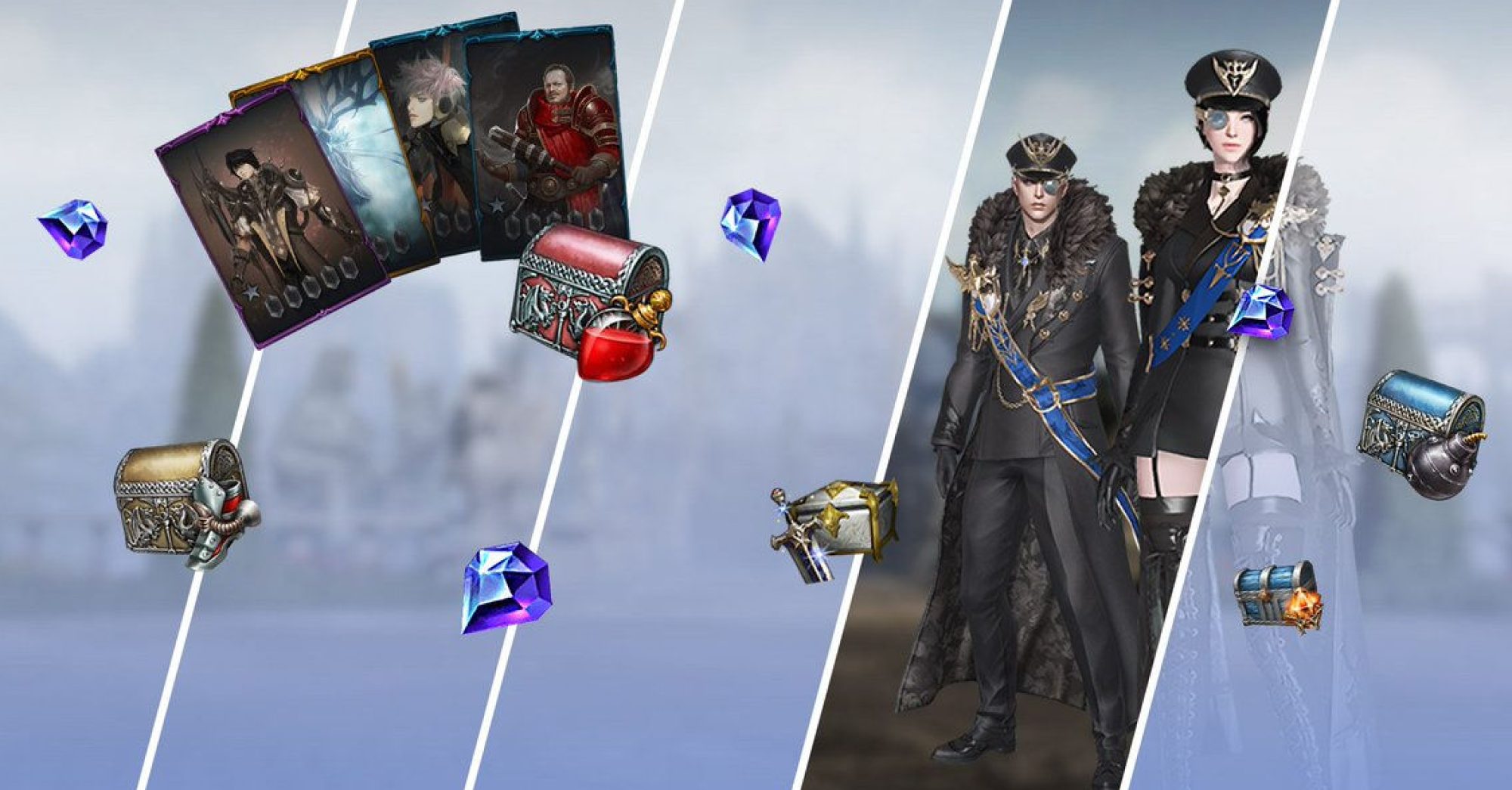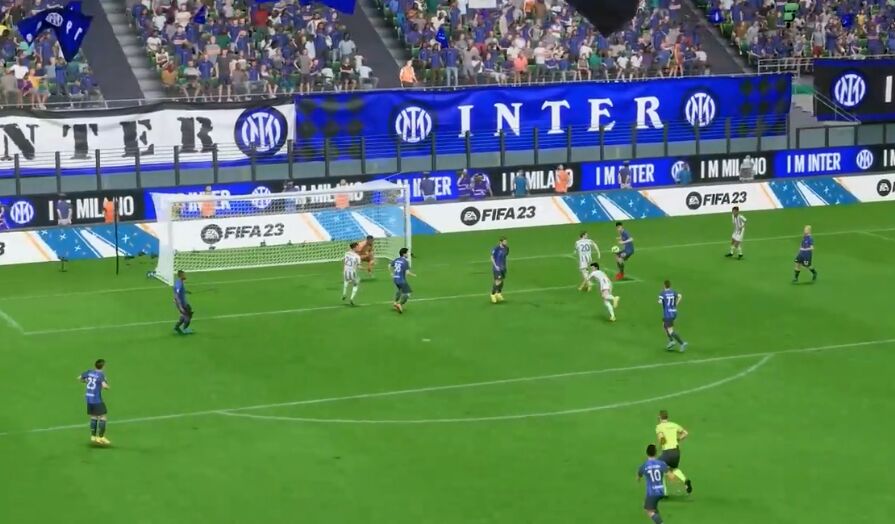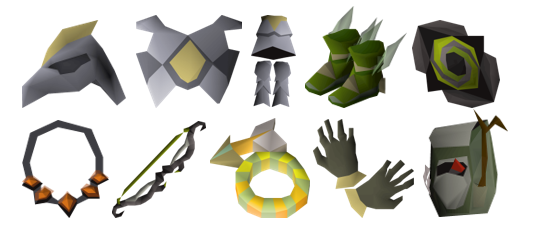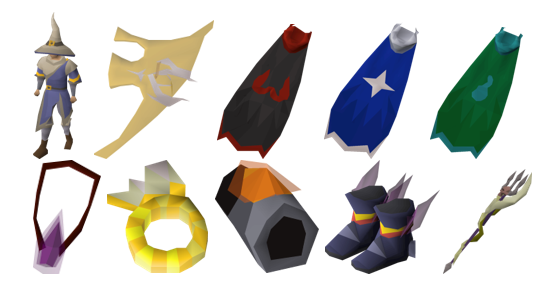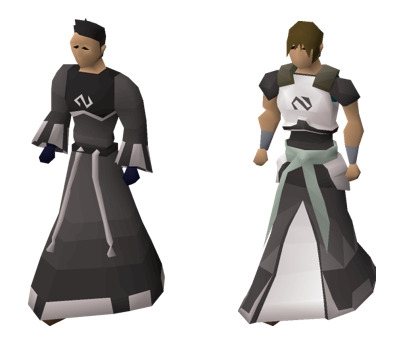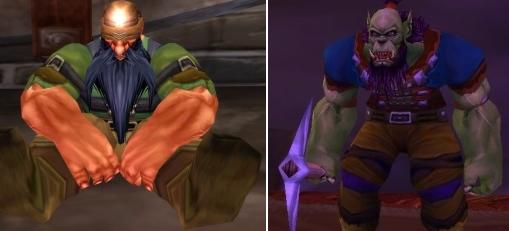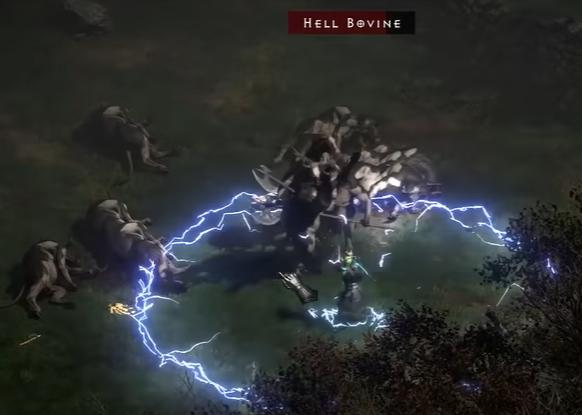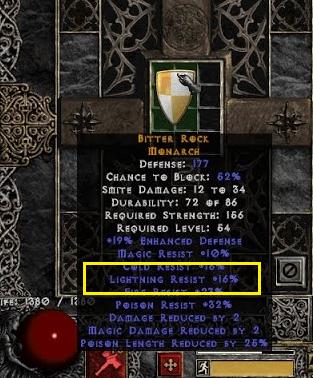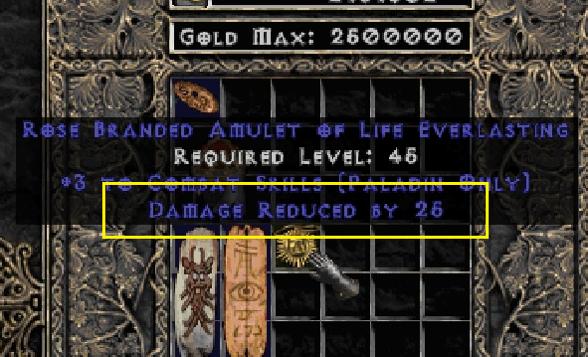Welcome to the world of NBA 2K24, where the debate over the Builder system rages on. In this article, we’ll delve into the opinions of players and the community regarding the direction the game should take in terms of player customization. The Builder system in NBA 2K has undergone various changes over the years, and now it’s time to explore what the community desires for the future of this popular basketball video game franchise.
The Clash of Opinions
The NBA 2K community is diverse, and with that diversity comes differing preferences for the Builder system. Some players yearn for the past, reminiscing about the days of NBA 2K16, 17, and 18, where archetypes were more restricted, and players had to choose a specific template. Others prefer the current state of NBA 2K, where the freedom to create unique, do-it-all builds is celebrated.
The Call for Specialization
Advocates for a return to the older Builder system argue that it made players specialize in particular areas. By focusing on a few attributes, players had to make strategic decisions about their play style and how they contributed to the team. The limitations added depth to the game, forcing players to work together and rely on their strengths as a team.
The Desire for Balance
On the other hand, supporters of the current system appreciate the creative freedom it offers. Being able to craft a build from scratch and experiment with various attribute combinations is thrilling for many players. However, they acknowledge the need for balance and a greater emphasis on the importance of individual attributes and badges.
Attributes and Badges Mattering More
One recurring point of contention revolves around the relevance of individual attributes and badges. Many players argue that attributes should matter more in determining a player’s effectiveness in specific areas. This way, players can’t simply create an unguardable build with a mix of high attributes in different categories. Instead, they must make thoughtful choices and trade-offs when constructing their player.
The Dual Archetype Solution
Some players propose a compromise that incorporates elements of both past and present systems. They suggest bringing back dual archetypes, as seen in NBA 2K19, where players could have two primary skill sets. This way, players can specialize in two areas, creating unique and potent builds that cater to their play style.
Customization with Care
Amidst all the discussions and desires for freedom and customization, one critical aspect to consider is how the Builder system should prevent players from creating completely useless or ineffective builds. Striking the right balance between creativity and viability is essential to maintaining a competitive and enjoyable gaming experience for all players.
Conclusion
There is no easy answer to the question of what the ideal NBA 2K24 Builder would look like. There are a lot of different factors to consider, and there are a lot of different opinions on what the most important factors are.
Ultimately, it is up to 2K to decide what the NBA 2K24 Builder will look like. However, the discussion surrounding the Builder is a good sign that fans are passionate about the game and want to see it improve. Get more cheap 2K24 MT help at NBA2king.com.
